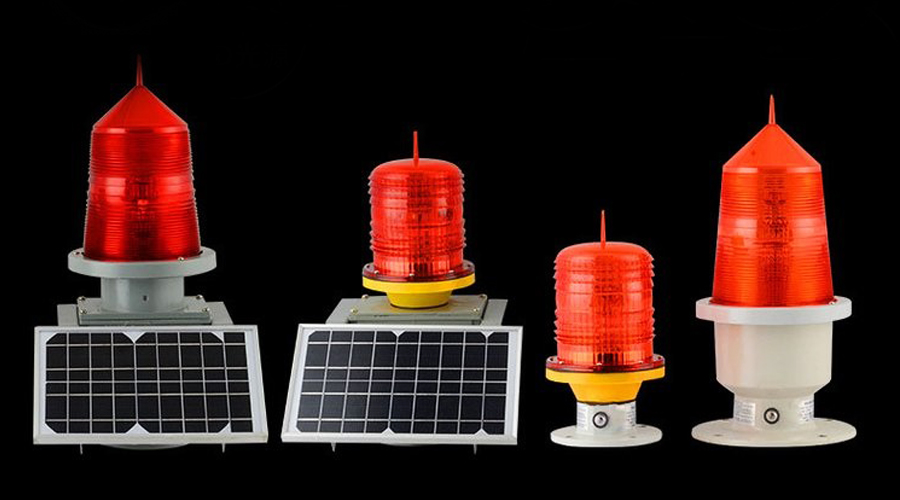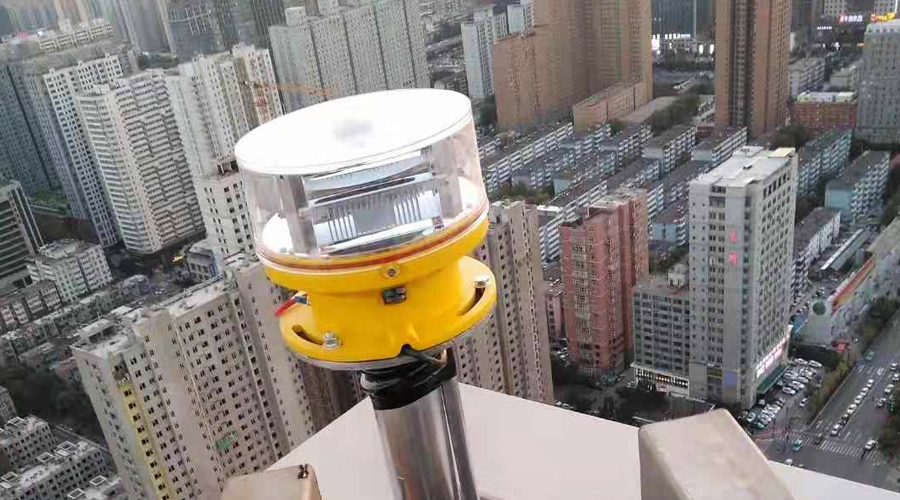
Characteristics of Apron Lighting
Apron lighting is important helipad lights for aviation safety. This article mainly introduces the lighting system and warning function of

Apron lighting mainly uses LED lamps. These airport warning lights can be installed on high poles to ensure that the light is evenly distributed and avoid being blocked by aircraft.
Lighting design needs to consider safety and efficiency. Helicopter pads also require special lights, including boundary lights, aiming point lights, etc.
Main lighting requirements:
The apron requires bright white light so that staff can perform various operations and passengers can clearly see the gate area and environment.
The airport lights installed on the apron should be able to clearly display the boundaries, obstacles and other important signs of the apron area to ensure safety.
Airport lighting equipment should avoid glare to protect the eyesight of staff and passengers.
The apron lighting should have the ability to be flexibly adjusted to adapt to different work needs and environmental conditions.
The apron lights should have the characteristics of high efficiency and energy saving to reduce operating costs and reduce environmental impact.
For apron lighting, such as apron lights, perimeter lights, if you have any questions or needs, please feel free to contact us.

Apron lighting is important helipad lights for aviation safety. This article mainly introduces the lighting system and warning function of

Obstruction light aviation lighting requirements, learn more about the requirements of low-intensity, medium-intensity, and high-intensity obstacle lights.

ICAO guidelines for aviation light is installation standard for obstacle lighting, which is mainly used to warn the existence of

Aviation lighting requirements include many, article mainly describes the installation & technical specifications of aviation obstruction lights for obstacles.

High intensity obstacle lights the setting is mainly reflected in high light intensity, high installation height and brighter light source.
Copyright © 2024 Shaanxi Yuefeng Feiyao Technology Co., Ltd. | Powered by YFFY Lights